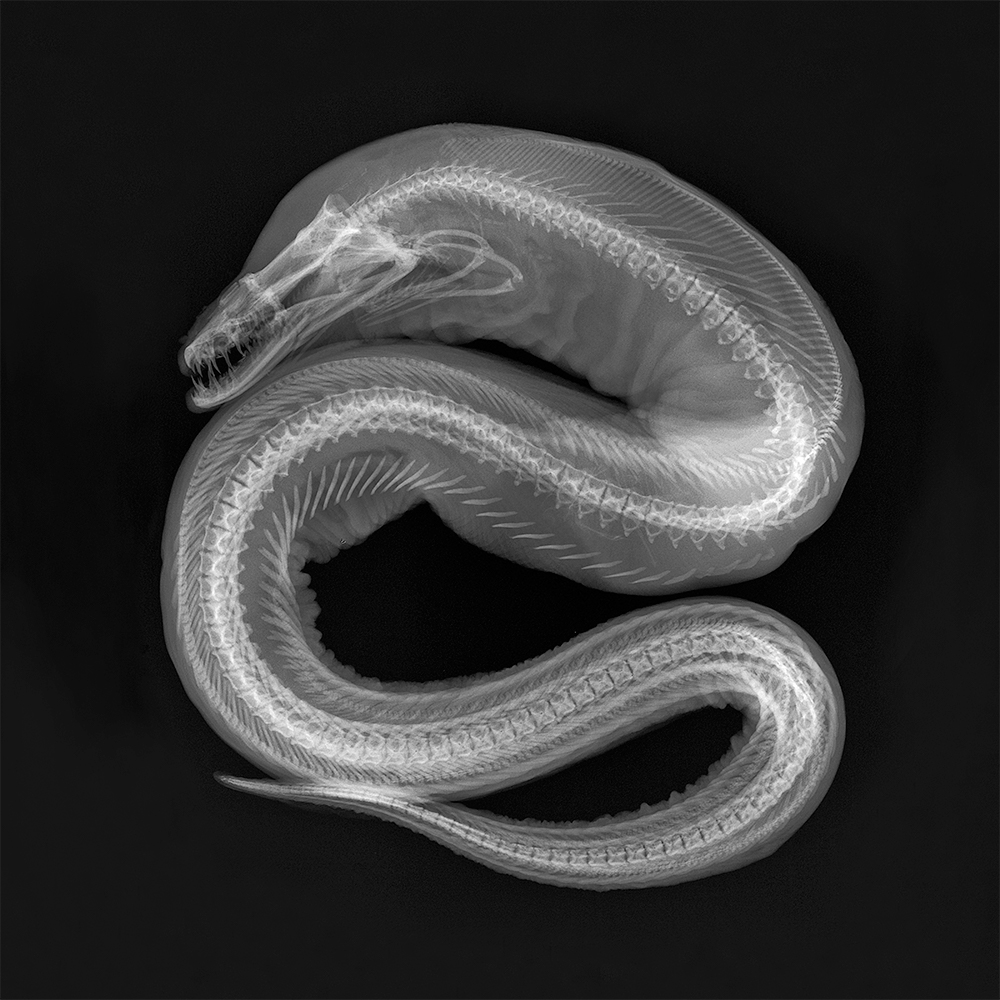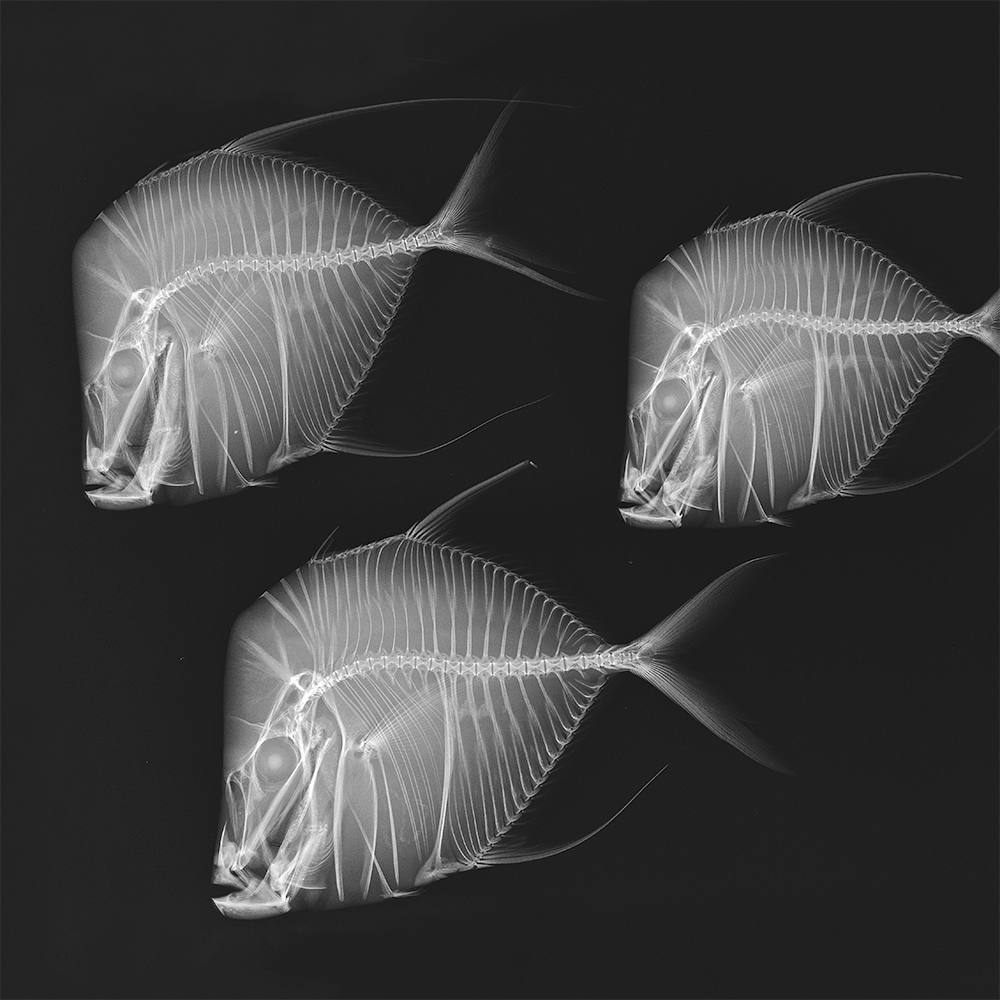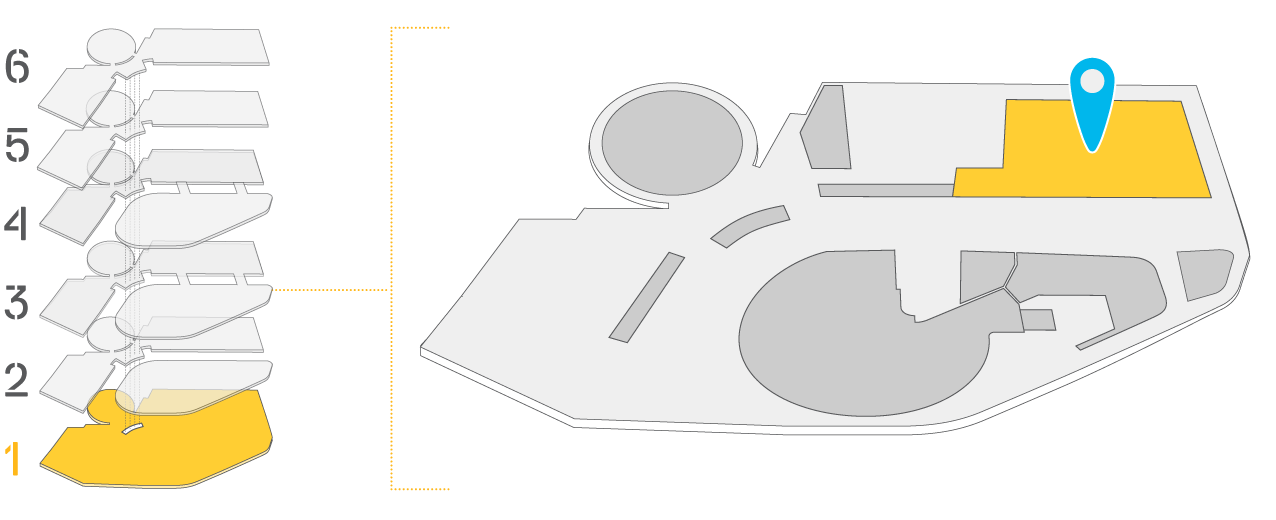X-Ray Vision: Fish Inside Out
Get a unique look into the creatures of the ocean in this striking new Smithsonian exhibition.
What do you see when you look inside a fish? Like ichthyologists, the scientists who study fishes, you can see the beauty, diversity and intricate patterns of nature.
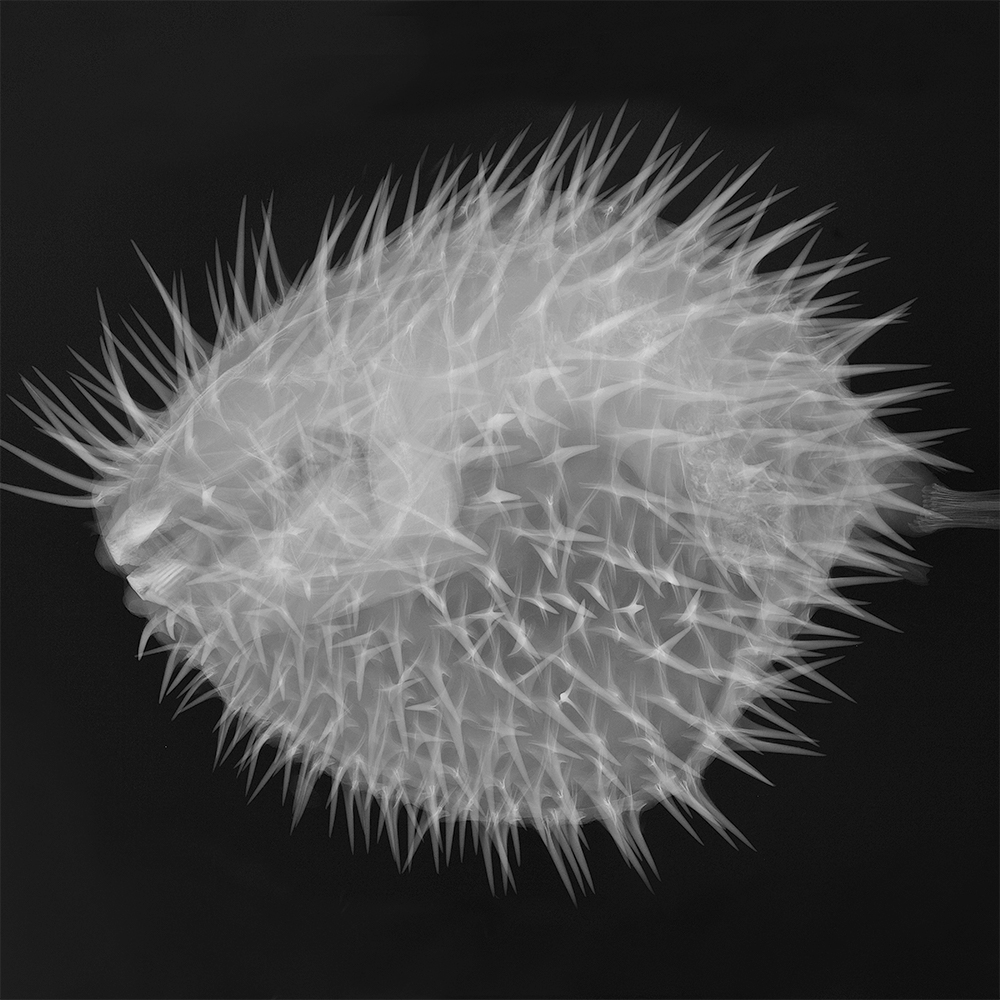
Fish are vertebrates—animals with backbones—the majority have bodies supported by a bony skeleton while some only have cartilage. Variations in the skeleton, such as the number of vertebrae or the position of fins, are documented with X-rays. The Smithsonian’s National Collection of Fishes X-rays represent more than 70 percent of the world’s fish specimens and is the largest and most diverse collection of its kind in the world. Although the X-rays featured in the national collection were made for research purposes, the strikingly elegant images demonstrate the natural union of science and art and are a visual retelling of the evolution of fish. X-Ray Vision: Fish Inside Out, an exhibition from the Smithsonian’s National Museum of Natural History and the Smithsonian Institution Traveling Exhibition Service (SITES), will showcase these dramatic prints exposing the inner workings of the fish.
The exhibition features 40 black-and-white digital prints of different species of fish. Arranged in evolutionary sequence, these X-rays give a tour through the long stream of fish evolution. The X-rays have allowed Smithsonian and other scientists to study the skeleton of a fish without altering the specimen, making it easier for scientists to build a comprehensive picture of fish diversity.
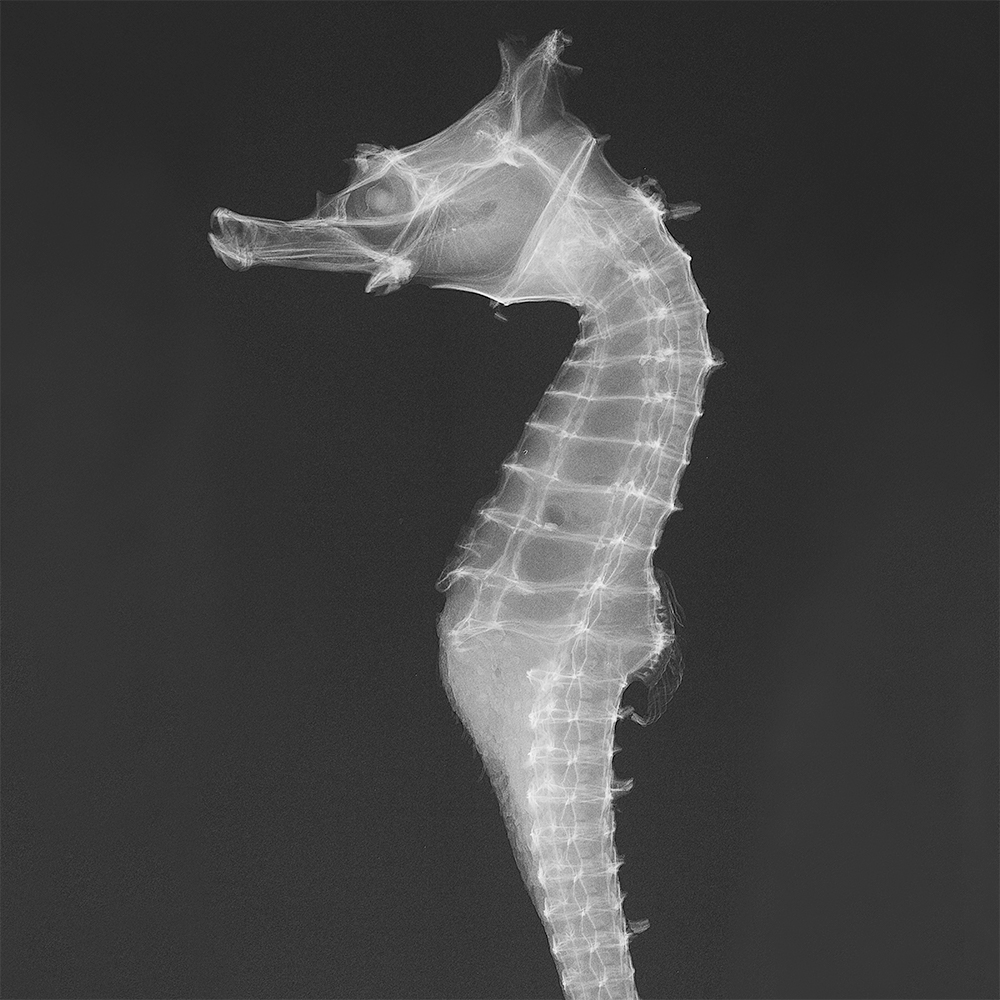
Curators of the exhibition, Lynne Parenti and Sandra Raredon, have worked in the Division of Fishes at the National Museum of Natural History collecting thousands of X-rays of fish specimens to help ichthyologists understand and document the diversity of fishes. Rare or unique specimens make particularly interesting and informative images. X-rays may also reveal other details of natural history: undigested food or prey in the gut might reveal to an ichthyologist what a fish had for its last meal. To make comparisons easier, radiographers X-ray one fish per frame—with each one facing left—but they will prepare shots of several fish if a scientist wants to compare a group.
X-Ray Vision: Fish Inside Out will be on view from Friday, October 8, 2021 through Sunday, April 3, 2022 inside the Hsiao Family Special Exhibition Gallery on the first floor of the museum. Admission to X-Ray Vision: Fish Inside Out is included with all museum admission tickets.
X-Ray Vision: Fish Inside Out is organized by the Smithsonian’s National Museum of Natural History and the Smithsonian Institution Traveling Exhibition Service (SITES). It was inspired by the book Ichthyo: The Architecture of Fish (Chronicle Books in association with the Smithsonian Institution, 2008) by Stephanie Comer and Deborah Klochko.


